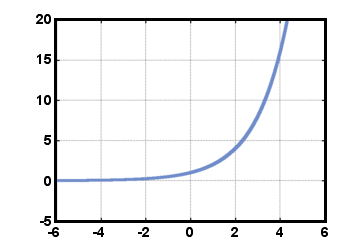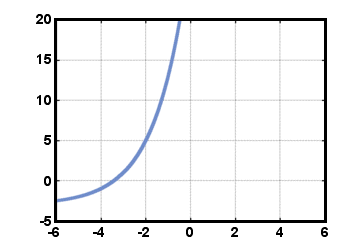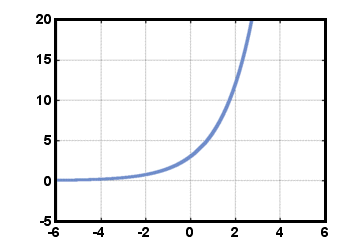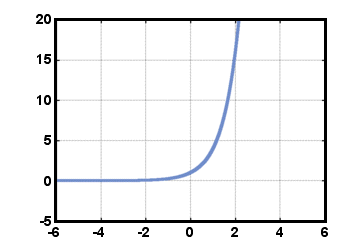Please wait while we process your payment
If you don't see it, please check your spam folder. Sometimes it can end up there.
If you don't see it, please check your spam folder. Sometimes it can end up there.
Please wait while we process your payment

By signing up you agree to our terms and privacy policy.
Don’t have an account? Subscribe now
Create Your Account
Sign up for your FREE 7-day trial
By signing up you agree to our terms and privacy policy.
Already have an account? Log in
Your Email
Choose Your Plan
Individual
Group Discount
Save over 50% with a SparkNotes PLUS Annual Plan!
 payment page
payment page
Purchasing SparkNotes PLUS for a group?
Get Annual Plans at a discount when you buy 2 or more!
Price
$24.99 $18.74 /subscription + tax
Subtotal $37.48 + tax
Save 25% on 2-49 accounts
Save 30% on 50-99 accounts
Want 100 or more? Contact us for a customized plan.
 payment page
payment page
Your Plan
Payment Details
Payment Summary
SparkNotes Plus
You'll be billed after your free trial ends.
7-Day Free Trial
Not Applicable
Renews July 7, 2025 June 30, 2025
Discounts (applied to next billing)
DUE NOW
US $0.00
SNPLUSROCKS20 | 20% Discount
This is not a valid promo code.
Discount Code (one code per order)
SparkNotes PLUS Annual Plan - Group Discount
Qty: 00
SparkNotes Plus subscription is $4.99/month or $24.99/year as selected above. The free trial period is the first 7 days of your subscription. TO CANCEL YOUR SUBSCRIPTION AND AVOID BEING CHARGED, YOU MUST CANCEL BEFORE THE END OF THE FREE TRIAL PERIOD. You may cancel your subscription on your Subscription and Billing page or contact Customer Support at custserv@bn.com. Your subscription will continue automatically once the free trial period is over. Free trial is available to new customers only.
Choose Your Plan
This site is protected by reCAPTCHA and the Google Privacy Policy and Terms of Service apply.
For the next 7 days, you'll have access to awesome PLUS stuff like AP English test prep, No Fear Shakespeare translations and audio, a note-taking tool, personalized dashboard, & much more!
You’ve successfully purchased a group discount. Your group members can use the joining link below to redeem their group membership. You'll also receive an email with the link.
Members will be prompted to log in or create an account to redeem their group membership.
Thanks for creating a SparkNotes account! Continue to start your free trial.
We're sorry, we could not create your account. SparkNotes PLUS is not available in your country. See what countries we’re in.
There was an error creating your account. Please check your payment details and try again.
Please wait while we process your payment

Your PLUS subscription has expired
Please wait while we process your payment
Please wait while we process your payment

Exponential Functions
Exponents can be variables. Variable exponents obey all the properties of exponents listed in Properties of Exponents.
An exponential function is a function that contains a variable exponent.
For example, f (x) = 2x and g(x) = 5ƒ3x are exponential functions. We
can graph exponential functions. Here is the graph of f (x) = 2x:

We can translate this graph. For example,
we can shift the graph down 3 units and left 5 units. Here is the graph of f (x) = 2x+5 - 3:

We can stretch and
shrink the graph vertically by
multiplying the output by a constant--see
Stretches. For example, f (x) = 3ƒ2x is stretched vertically by a factor of 3:

We can also graph exponential functions with other bases, such as f (x) = 3x
and f (x) = 4x. We can think of these graphs as differing from the graph of
f (x) = 2x by a horizontal stretch or shrink: when we multiply the input of
f (x) = 2x by 2, we get f (x) = 22x = (22)x = 4x. Thus, the graph of
f (x) = 4x is shrunk horizontally by a factor of 2 from f (x) = 2x:

The graph of f (x) = ax does not always differ from f (x) = 2x by a rational factor. Thus, it is useful to think of each base individually, and to think of a different base as a horizontal stretch for comparison purposes only.
The graph of an exponential function can also be reflected over the x-axis or the y-axis, and rotated around the origin, as in Heading .
The general form of an exponential function is f (x) = cƒax-h + k, where a is a positive constant and a≠1. a is called the base. The graph has a horizontal asymptote of y = k and passes through the point (h, c + k).
The domain of f (x) is and the range of f (x) is .
Please wait while we process your payment

